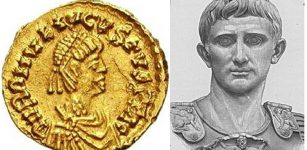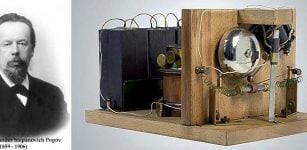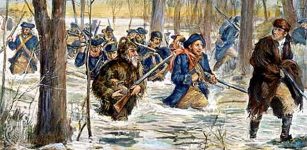On This Day In History: Gold Discovery In The Yukon – On August 16, 1896
MessageToEagle.com – On August 16, 1896, while camping near Rabbit Creek near the Klondike River in Canada’s Yukon Territory, George Carmack reportedly spotted nuggets of gold in a creek bed.
Carmack headed to the region with two Native American companions, known as Skookum Jim and Tagish Charlie. His two companions later agreed that Skookum Jim–Carmack’s brother-in-law–actually made the discovery.
The three men soon found that the rock near the creek bed was thick with gold deposits. The discovery sparked the last great gold rush in the American West.
News of the gold strike spread fast across Canada and the United States, and over the next two years, as many as 50,000 would-be miners arrived in the region. Rabbit Creek was renamed Bonanza, and even more gold was discovered in another Klondike tributary, dubbed Eldorado.
“Klondike Fever” reached its height in the United States in mid-July 1897 when two steamships arrived from the Yukon in San Francisco and Seattle, bringing a total of more than two tons of gold.
Thousands of eager young men bought elaborate “Yukon outfits” (kits assembled by clever marketers containing food, clothing, tools and other necessary equipment) and set out on their way north.
Few of these would find what they were looking for, as most of the land in the region had already been claimed.
Carmack became rich off his discovery, leaving the Yukon with $1 million worth of gold. Many individual gold miners in the Klondike eventually sold their stakes to mining companies, who had the resources and machinery to access more gold. Large-scale gold mining in the Yukon Territory didn’t end until 1966, and by that time the region had yielded some $250 million in gold. The Klondike Gold Rush ended in 1899 after gold was discovered in Nome, Alaska prompting an exodus from the Klondike.
Today, some 200 small gold mines still operate in the region.
MessageToEagle.com












